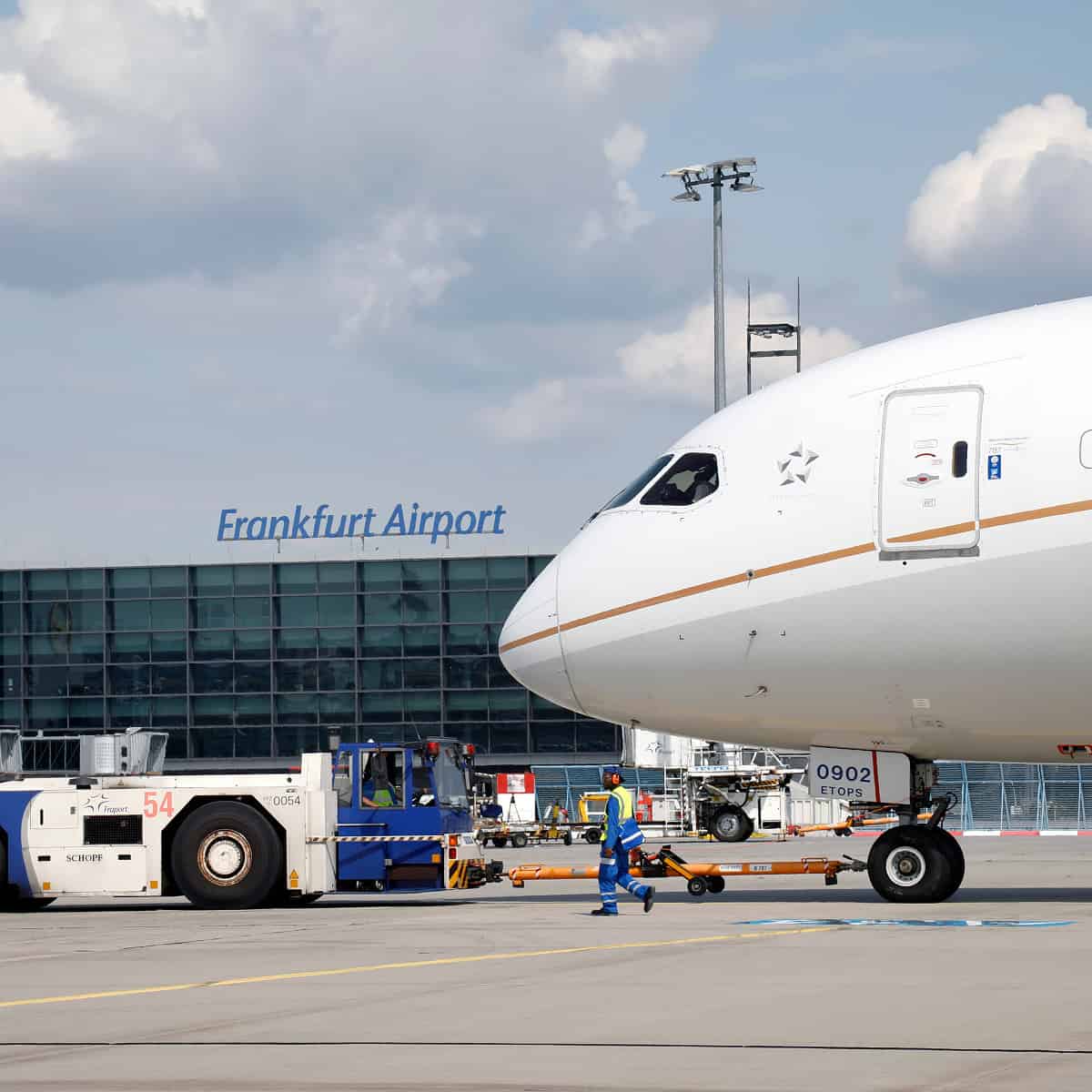Croatia is a major tourism destination not only for Europeans, but also for travelers from China and increasingly Americans love to travel to Croatia North. Foreign tourism revenue for Croatia in the first nine months of 2013 added up to EUR 6.59 billion, up 4.7% from the corresponding period in 2013. This is according to preliminary figures released by the Croatian National Bank (HNB).
The HNB reports that the statistics indicate that revenues from foreign visits for the entire year 2013 are likely to exceed seven billion euros, for the first time since 2008.
Tourism Minister Darko Lorencin believes that it is realistic to expect a rise in revenues from the tourism and hospitality industry in 2013 compared to 2012.
Those revenues are not likely to reach a record high 2008 result of EUR 7.46 billion, but they may exceed 7.1 billion.
Croatia, officially the Republic of Croatia is a unitary democratic parliamentary republic at the crossroads of Central Europe, Balkans, and the Mediterranean. Its capital and largest city is Zagreb. The country is divided into 20 counties and the city of Zagreb. Croatia covers 56,594 square kilometres (21,851 square miles) and has diverse, mostly continental and Mediterranean climates. Croatia’s Adriatic Sea coast contains more than a thousand islands. The country’s population is 4.28 million, most of whom are Croats, with the most common religious denomination being Roman Catholicism. Croatia became the 28th member state of the European Union 1 July 2013.
Croatia is located in Central and Southeast Europe, bordering Hungary to the northeast, Serbia to the east, Bosnia and Herzegovina to the southeast, Montenegro to the southeast, the Adriatic Sea to the southwest and Slovenia to the northwest. It lies mostly between latitudes 42° and 47° N and longitudes 13° and 20° E. Part of the territory in the extreme south surrounding Dubrovnik is a practical exclave connected to the rest of the mainland by territorial waters, but separated on land by a short coastline strip belonging to Bosnia and Herzegovina around Neum.
The territory covers 56,594 square kilometres (21,851 square miles), consisting of 56,414 square kilometres (21,782 square miles) of land and 128 square kilometres (49 square miles) of water. It is the 127th largest country in the world.[82] Elevation ranges from the mountains of the Dinaric Alps with the highest point of the Dinara peak at 1,831 metres (6,007 feet) near the border with Bosnia and Herzegovina in the south to the shore of the Adriatic Sea which makes up its entire southwest border. Insular Croatia consists of over a thousand islands and islets varying in size, 48 of which are permanently inhabited. The largest islands are Cres and Krk, each of them having an area of around 405 square kilometres (156 square miles).
The hilly northern parts of Hrvatsko Zagorje and the flat plains of Slavonia in the east (which is part of the Pannonian Basin) are traversed by major rivers such as Sava, Drava, Kupa and Danube. The Danube, Europe’s second longest river, runs through the city of Vukovar in the extreme east and forms part of the border with Serbia. The central and southern regions near the Adriatic coastline and islands consist of low mountains and forested highlands. Natural resources found in the country in quantities significant enough for production include oil, coal, bauxite, low-grade iron ore, calcium, gypsum, natural asphalt, silica, mica, clays, salt and hydropower.
Karst topography makes up about half of Croatia and is especially prominent in the Dinaric Alps.[83] There are a number of deep caves in Croatia, 49 of which are deeper than 250 m (820.21 ft), 14 of them deeper than 500 m (1,640.42 ft) and three deeper than 1,000 m (3,280.84 ft). Croatia’s most famous lakes are the Plitvice lakes, a system of 16 lakes with waterfalls connecting them over dolomite and limestone cascades. The lakes are renowned for their distinctive colours, ranging from turquoise to mint green, grey or blue.






















